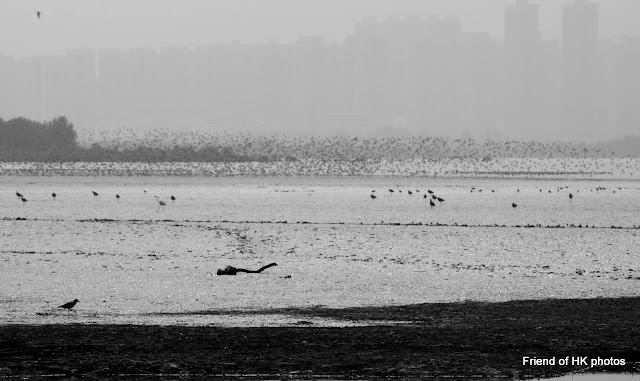The bad air quality in Hong Kong may not be ideal for photography but it doesn’t seem to deter the birds. In fact I have seen more species of birds this winter than previous years.
Sightings of these beautiful Silver-eared Mesias are always a winter delight for me.
They belong to the Babbler family which are also called Softbill because of their diet of insects, fruit and vegetables, mainly in the undergrowth.
The Tristram's Bunting, in contrast, is a seed-eating bird with a solid finch-like bill.
The Chinese Hwamei, or Melodious Laughing thrush, is also a member of the Babbler family.
The characteristics of this bird are reflected by its Chinese and English names. While “Hwamei”in Chinese means painted eyebrow referring to the white marking around its eyes, the English name reflects the attractive songs this bird often sings.
Chinese Hwameis often feed on the ground in groups, preferably on leaf litter, for insects and fruit. Unfortunately, the singing talent of this bird makes them one of the most popular cage birds in China.
The Black-throated Laughingthrush is very similar to the Chinese Hwamei in terms of behaviour and habitat but less colourful.
The Orange-flanked Bush-robin is a beautiful but very shy bird. I was lucky to see this female looking for insects on the ground.
Sometimes they sing from high up in the tree-tops.
The Orange-Bellied Leafbird is one of my favourite tropical birds. As its name indicates, the belly of the male bird is very distinctive,

but less colourful in the female.
The Scarlet Minivet is also found in Southern Asia and often forages high up in the tree-tops for insects. Both the male,
and female are brightly coloured.
In the past few months, a Long-tailed Shrike has been living in a local nature reserve.
A typical Shrike, it is often seen perching on top of trees watching for prey.

















































